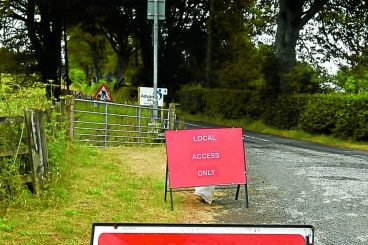COMMUNITIES across the region want to be more involved in the maintenance of the Solway coast, according to a new report.
The report was commissioned by the Solway Coast and Marine Project (SCAMP), an ambitious 15-year project led by Dumfries and Galloway Council and the Solway Firth Partnership, to explore how communities could benefit from a healthy and thriving coastal and marine environment.
Ecosystem restoration, citizen science, access improvements and a region-wide coastal path are some of the recommendations that have emerged from a report into potential natural capital investment along the coastline.
Almost 1000 people from across Dumfries and Galloway fed into the engagement, and the story of the project and the people involved in it is now being told in a 15 minute film titled “Coastodians – Charting the Future of the Solway Coast”, made by ecological filmmaker, John Wallace.
It will premiere at the launch event of the SCAMP project report on March 25 at the University of Glasgow’s Crichton Campus, open to the public.
Consultant Barbara Chalmers, who led the community engagement said: “The main finding was that the future of our coastline matters very deeply to the people of this region. People want to be involved in nature restoration, and people want to be able to access nature-based experiences more easily.
“The idea behind the Coastodians recommendation is about creating a practical way in which that enthusiasm, expertise and passion can be harnessed to support ecosystem restoration and climate change mitigation.”
Councillor Ian Carruthers added: “Although this is just the first stage, I am delighted to see the progress on this extremely worthwhile and exciting project already.
“Local communities have really engaged with the work.
“Dumfries and Galloway has a huge coastline, and we are very fortunate in this. With people living and working along the 200 mile stretch and the ever-present effects of climate change and erosion, we need to address issues now and future proof our coastal and marine habitats for future generations.”
























